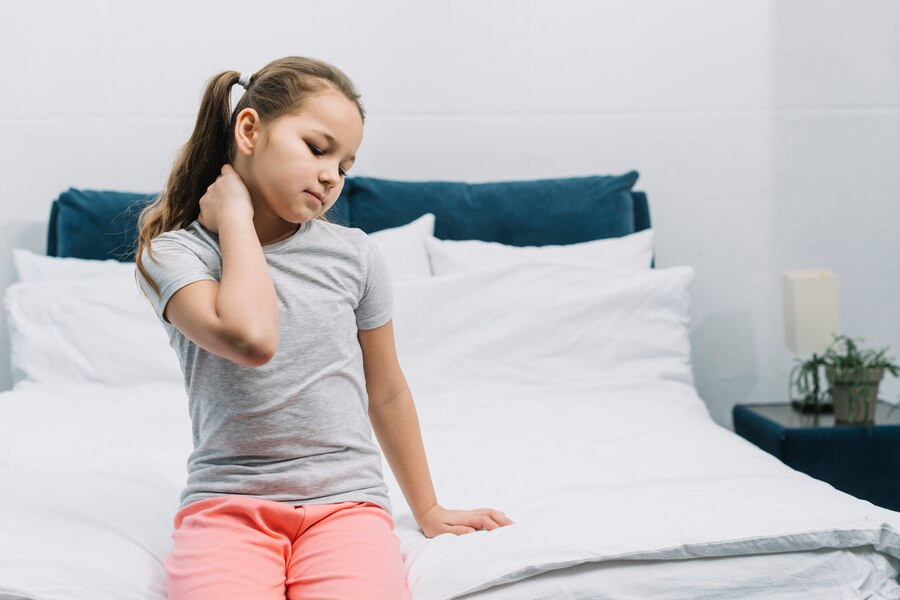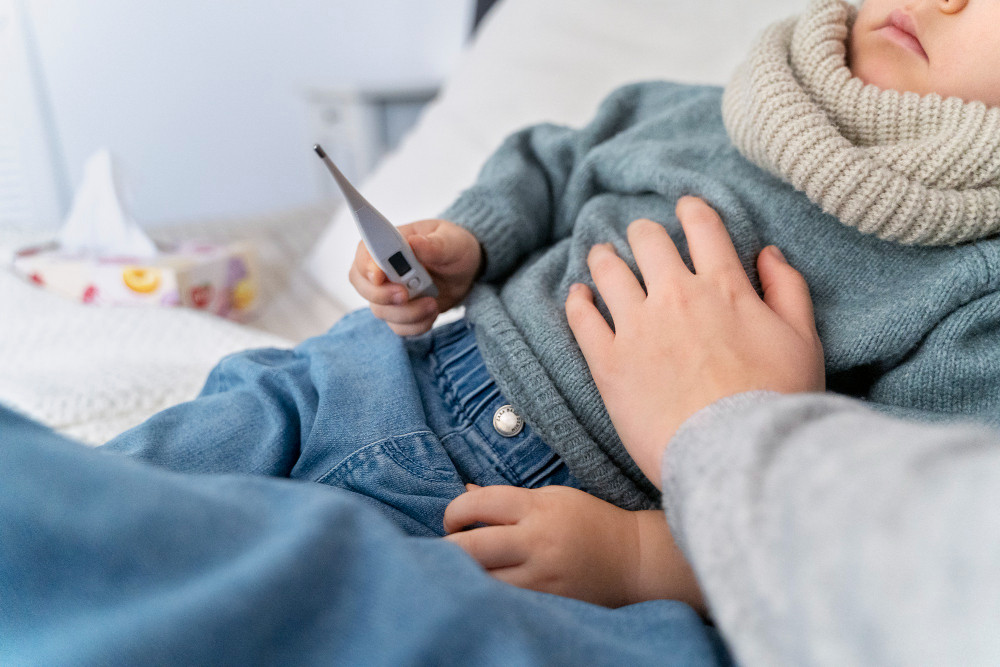Scoliosis is a condition where the spine curves sideways, forming an "S" or "C" shape. It can occur at any age but is most commonly diagnosed in children or teenagers.
While the exact cause of scoliosis is not always known, some children are born with spinal deformities that may lead to this condition. Early detection is crucial to prevent the curvature from worsening.
Signs of scoliosis in children
Uneven shoulders
One of the most noticeable signs of scoliosis is an uneven shoulder. If one shoulder appears higher than the other, it may indicate scoliosis.
Prominent shoulder blade
Another common sign is a shoulder blade (scapula) that sticks out more on one side. This becomes more apparent when the child bends forward.
Asymmetrical waist
Scoliosis can cause the waist to look uneven. One side of the waist may seem higher or more prominent than the other. This is often visible when the child stands straight with their arms hanging down.
Leaning to one side
Children with scoliosis might lean or tilt to one side. When standing, their bodies may not be aligned properly, and they may put more weight on one leg.
Ill-fitting clothes
If a child's clothes seem to fit unevenly or hang crookedly, it could be due to scoliosis. For example, skirts or pants may appear tilted, or shirts may not fall straight on the shoulders.
Leg length discrepancy
A difference in leg length, though not always caused by scoliosis, can be a sign. This discrepancy may be more noticeable when the child walks or stands, with one leg looking longer or shorter than the other.
Back pain
While scoliosis often doesn’t cause pain, some children may experience back pain, especially after physical activities. Persistent back pain without an obvious cause should be evaluated by a doctor.
Muscle fatigue
Children with scoliosis may experience unusual muscle fatigue, particularly in the back and legs. This happens because the muscles work harder to maintain an uneven posture.
If you suspect your child might have scoliosis, it is important to consult a doctor for an evaluation. Talk to the doctor about further treatment that can be done, and inform if there are family members who have a history of scoliosis. Early diagnosis allows for more effective treatment and helps prevent the condition from worsening.
If you have further questions about scoliosis, you can make use of the consultation features that are available in the Ai Care application by downloading the Ai Care application from the App Store or Play Store.
Looking for more information about other diseases? Click here!
- Sean Edbert Lim, MBBS
Cleveland Clinic (2024). Scoliosis. Available from: https://my.clevelandclinic.org/health/diseases/15837-scoliosis
John Hopkins Medicine. 5 Facts about Scoliosis Every Parent Should Know. Available from: https://www.hopkinsmedicine.org/health/conditions-and-diseases/scoliosis/5-facts-about-scoliosis-every-parent-should-know
National Institute of Arthritis and Musculoskeletal and Skin Diseases (2021). Scoliosis in Children and Teens: Diagnosis, Treatment, and Steps to Take. Available from: https://www.niams.nih.gov/health-topics/scoliosis/diagnosis-treatment-and-steps-to-take
Raising Children.net (2022). Scoliosis. Available from: https://raisingchildren.net.au/guides/a-z-health-reference/scoliosis











